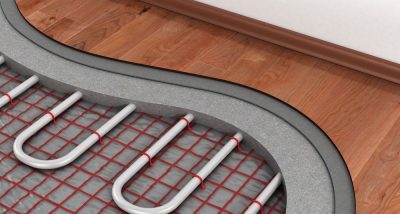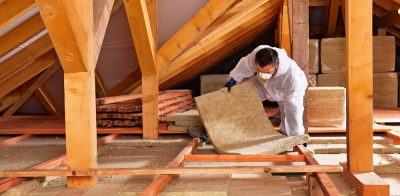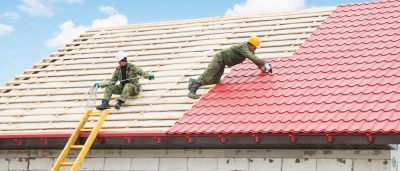- Oneflare /
- Cost Guides /
- Spray Insulation

How much does spray insulation cost?
$1800 - $5000
How much does spray insulation cost?
Spray foam insulation cost in Australia can vary due to the variety of climates. For areas that have hotter summer and colder winters, a higher R-factor is recommended. This will provide a higher level of insulation and will help to reduce the need for air conditioning and heating.
The average cost of spray foam insulation has been figured on a combination of open cell and closed cell insulation installations for a 2200 square foot home and is around $1800 to $5000.
Benefits of spray insulation
Lowers cost of heating/cooling bills
Spray foam insulation closes cracks that traditional insulation fails to cover. Because of this, less heat and cold can enter your home. The result is lower heating/cooling bills.
Insulates better than traditional home insulation
Studies have found that 40% of energy can be lost due to poor insulation. Spray insulation insulates 50% better than traditional batting.
Soundproofing
Closed-cell spray insulation seals out 100% of moisture and is dense enough to soundproof the area.
Factors impacting the cost of spray insulation
Size of the area to be insulated
Not all areas of a home may need to be insulated. For example, if the attic has adequate R-factor, it could be skipped or only coated with one layer of spray insulation. This will decrease the cost significantly.
The space available to work in
For professional insulators to perform their job, adequate space has to be made available. Taking the time to find a way through crawl spaces or around rafters can add additional labour charges.
Experience and expertise of the installer
Selecting an experienced and qualified installer can save money in the long run. Understanding the airflow system of a residential property gives the advantage of completing the job more accurately and quickly.
Costs of different types of spray insulation foam
There are two different types of spray insulation, open cell and closed cell. Open-cell insulation carries less weight and is spongy. Closed-cell insulation is denser and seals out 100% moisture.
Open-cell foam
Open-cell insulation carries less weight and is spongy. Open-cell foam is cheaper than closed-cell foam.
Closed-cell foam
Closed foam insulation cost is higher due to it being denser and heavier. It can also guarantee to keep out 100% moisture.
Foam thickness
Both types of foam can be applied in layers for a higher R-value. However, the more layers, the higher the cost for material and labour.
R-value
The R-value measures the performance of your insulation. For example, 5cm of open spray foam can deliver 7.4 R-value while 5cm of closed spray foam will lend 13 R-value. A higher R-value will mean a higher cost for the insulation installation.
Price estimates for different types of spray insulation jobs
It can be confusing to determine the reason why some insulating jobs are more expensive than others. It comes down to how high you want the R-value to be for energy efficiency.
Every roof has small areas that are prone to holes and slits that allow the weather to seep in. The average cost to insulate a roof is around $1500 to $3000, depending on the roof size and r-value.
Attic
Aussie homes overheat in the summer, and a poorly insulated attic can produce high air conditioning bills. Your home may have some insulation, but far from the amount to keep the sun’s rays from creeping through. If you have an attic to insulate it will cost on average around $1500 to $3500, depending on its size.
Basement
Insulating a basement will keep the moisture from coming into the house. Closed-cell insulation will also combat mould and mildew by completely sealing off any openings.
Garage
A garage may not be heated, but the hot walls make it a flimsy barrier against the burning sun. A garage will not cost as much as living spaces but needs to be done with open-cell foam insulation.
New vs. existing houses
A new home will always be cheaper to install the right degree of spray insulation because there are no leaks to search for. There is also no guessing as to what R-value the existing insulation carries. As long as the installation is done by a professional, the blown-in insulation cost will be lower than that of a current house.
How to hire a spray insulation expert
How to create an accurate estimate
Make sure all estimates are given by contractors that are certified by the manufacturer and have the papers to prove it. A qualified spray foam insulating installer will have the structural knowledge of how and where to add the correct R-value of insulation.
How to save money hiring a spray insulation expert
Hiring a competent contractor that is insured, has references, is well-known in the area and can guarantee his work will save you money in the long run.
* The cost data is based on Oneflare and third-party sources


